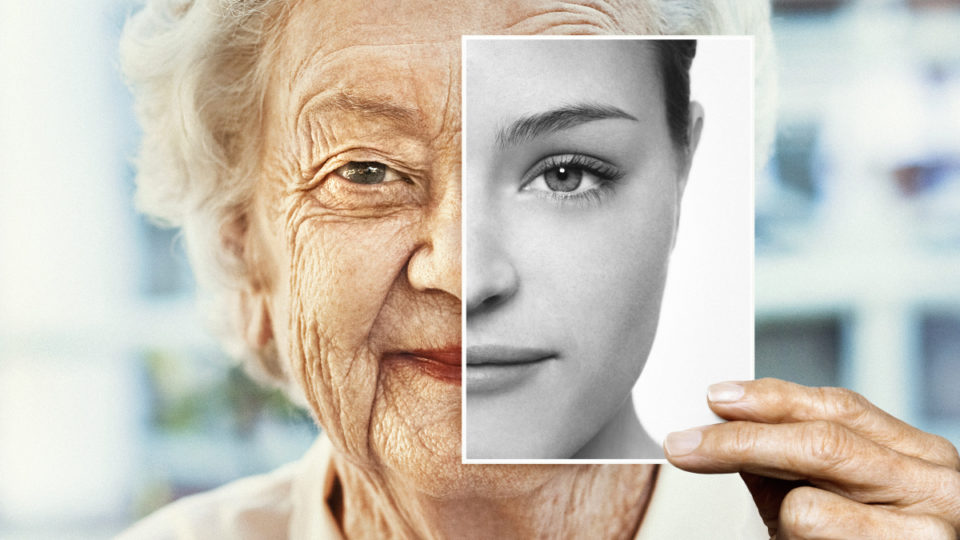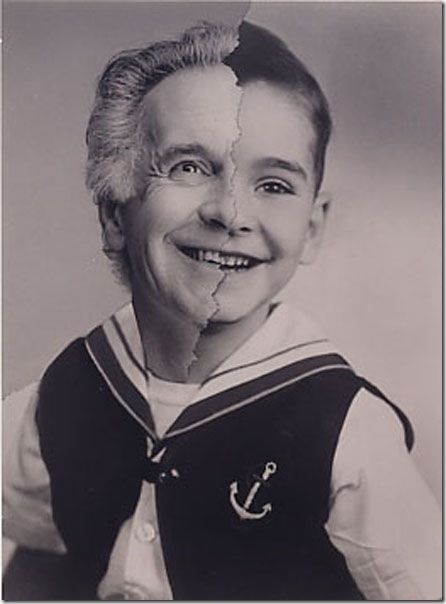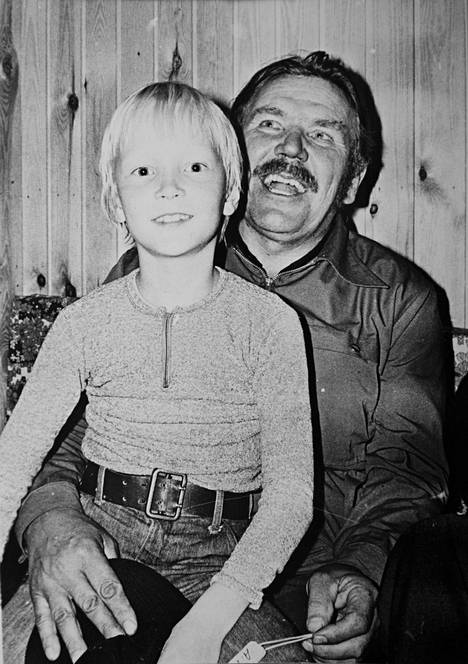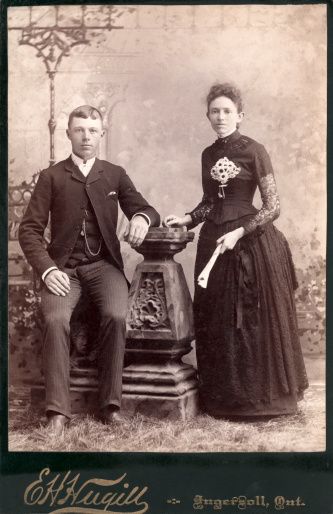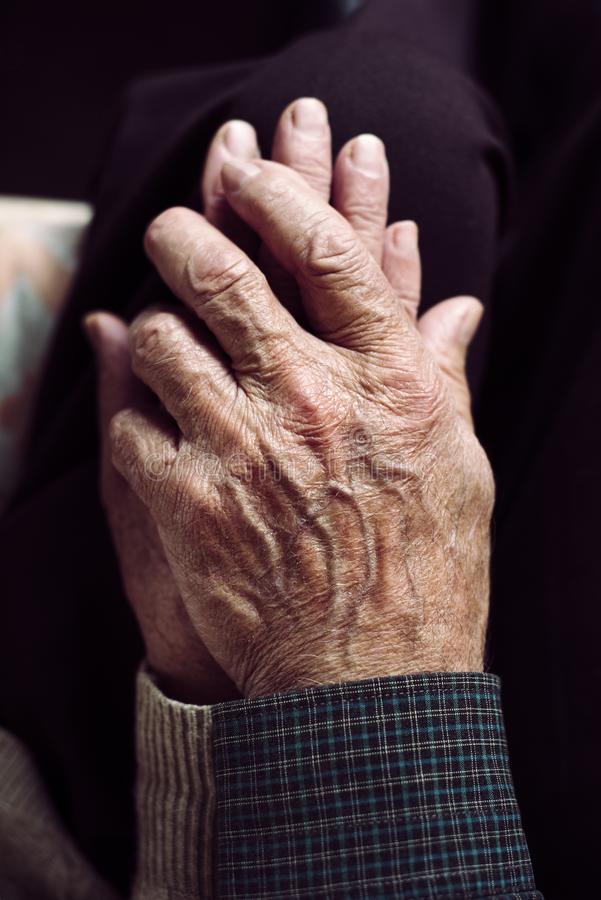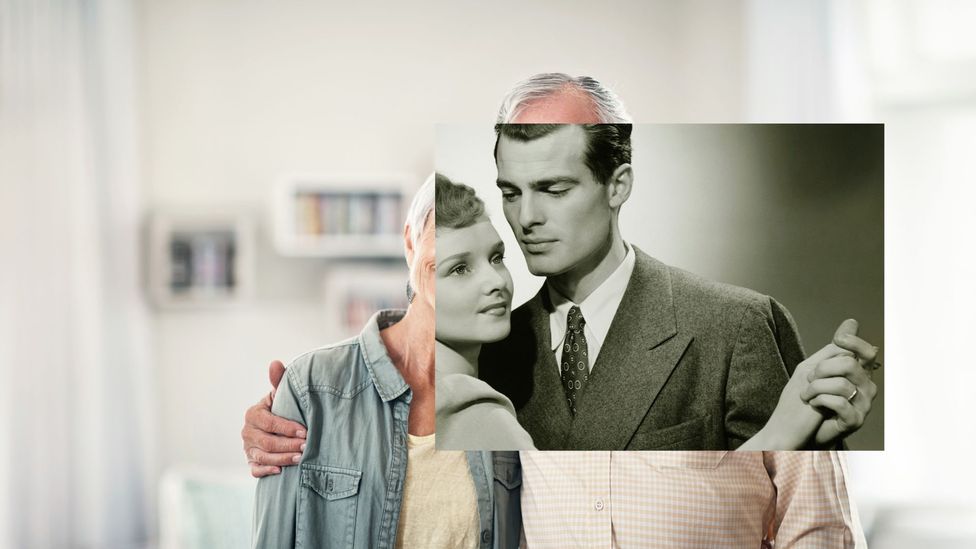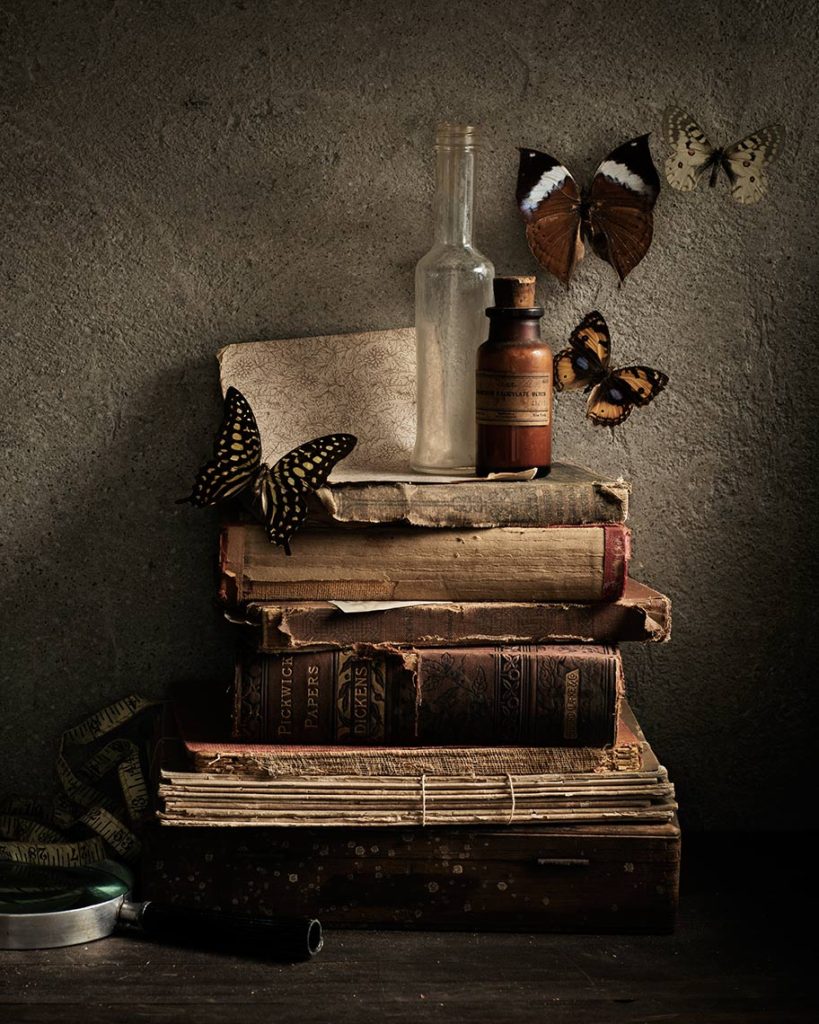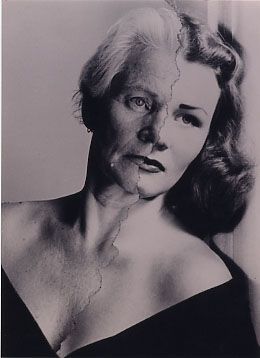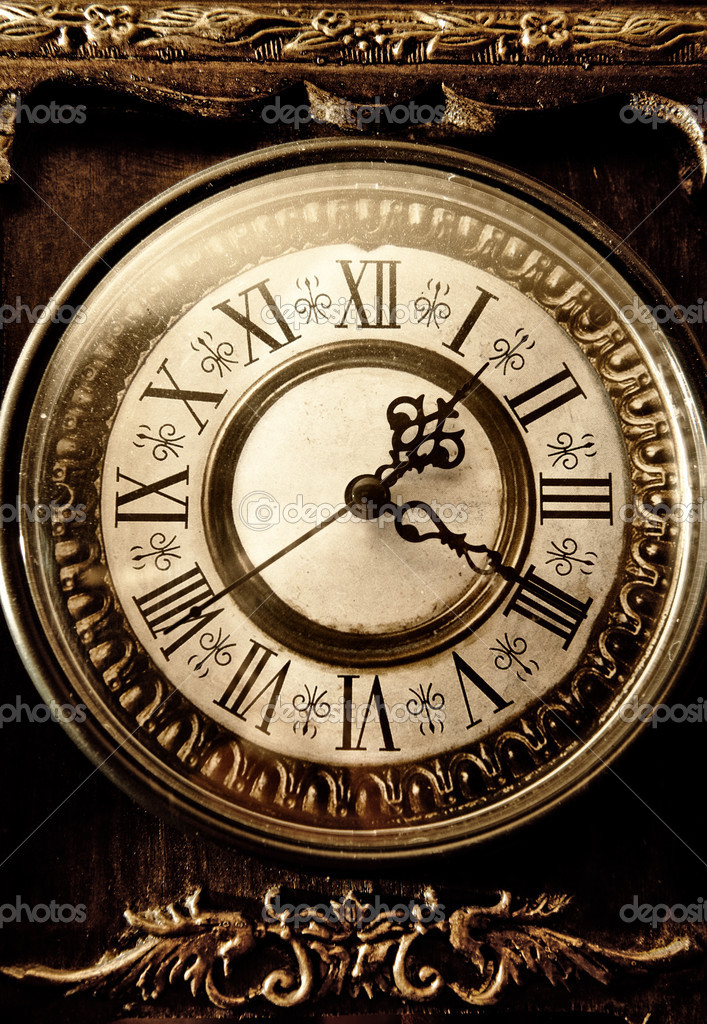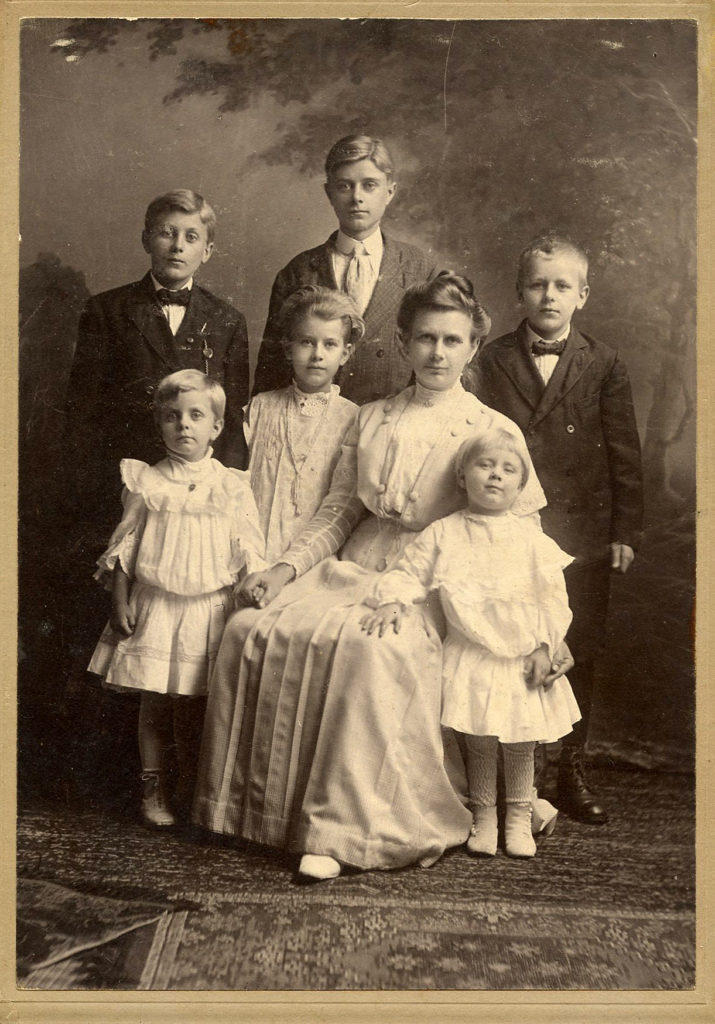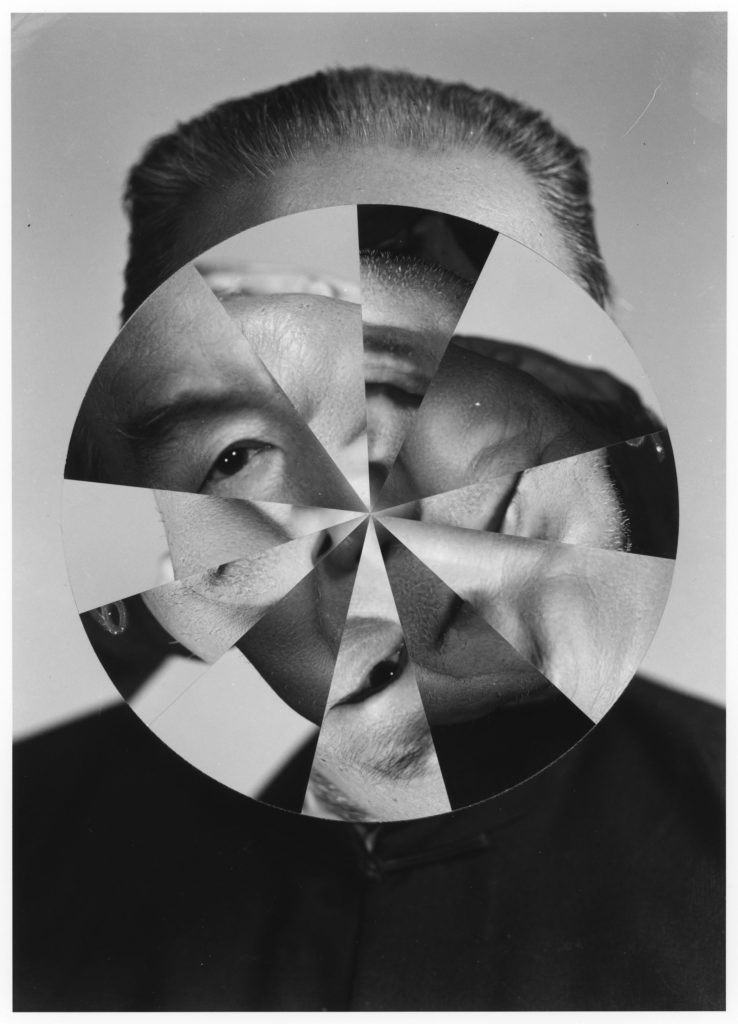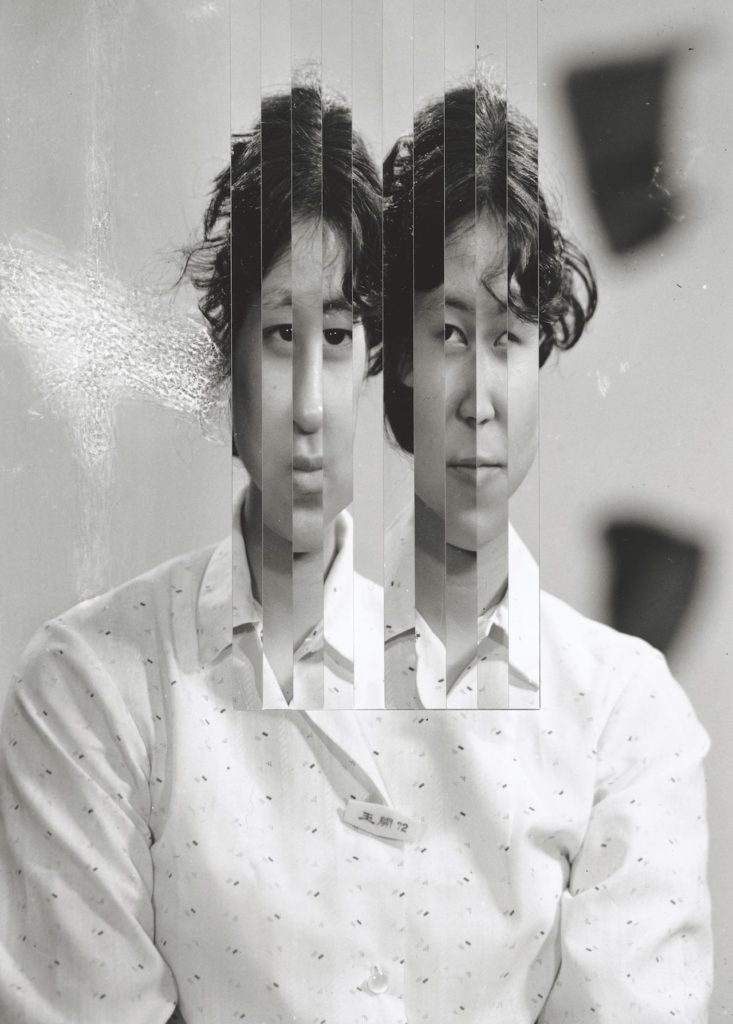Introduction
Distinct from chronological age, “age identity” refers to a subjective, rhetorically constructed awareness of age. … As a social identity category, age identity includes the relative sense of feeling “young” or “old,” which does not necessarily coincide with chronological age.
Above I have created a mood board, looking through many images in search for initial inspiration, to demonstrate how images can tell a story of heritage and age. These photographs above are a mixture of antique objects, old family photographs, photoshopped portraits and aged hands. I like how they all link together to illustrate the contrast between the young/ new and old. This has helped me visualise photographing the concept of age and now I can recreate these image with my own resources and taking and editing photos of my family members.
Kensuke Koike
Biography summary: Kensuke Koike was born in 1980 and was primarily inspired by the 1980s. The 1980s were an era of developing global capitalism, political upheaval, worldwide mass media, wealth discrepancies and distinctive music and fashion, characterised by hip hop and electronic pop music.
Using found objects like vintage postcards, Kensuke Koike works with archival images to create new narratives. Hear the Venice-based artist give insight into his sculptural works and his playful approach to image-making in this online discussion with art historian and curator Lena Fritsch. Linking to my idea of exploring age identity as I can link the idea of old images to illustrate the experience of ageing.

Born in Nagoya, Japan, Koike moved to Italy, pursuing studies. He graduated from Accademia di Belle Arti, Venice, Italy in 2004, and he spent the next three years further expanding his knowledge at the IUAV University, Faculty of Arts and Design in Venice.
Teresa Ruffino: How did you get interested in photography and art in the first place and why did you decide to move to Italy to study them? Kensuke Koike: I started using photography by chance and I chose to come to Italy to improve my knowledge of History of Art by being able to see it first-hand.
How I would like to use this work for inspiration: Firstly Koike’s work is very eye catching and aesthetic, I really like the idea of combining many images/ portraits together to create a new piece of work, like creating a new person out of people that are related and connected to each other.
Furthermore, I know that I have many good old family images that I can use to create Koike’s work in my own style, adjusting the exposure of the monochromatic images to create high levels of contrast, then an either physically cutting and sticking to create new pieces of work, or using photoshop to make art like Koike’s. In addition, I could adapt his work, for example. the first image in this gallery of 6 could be remade with vertical instead of horizontal lines.


